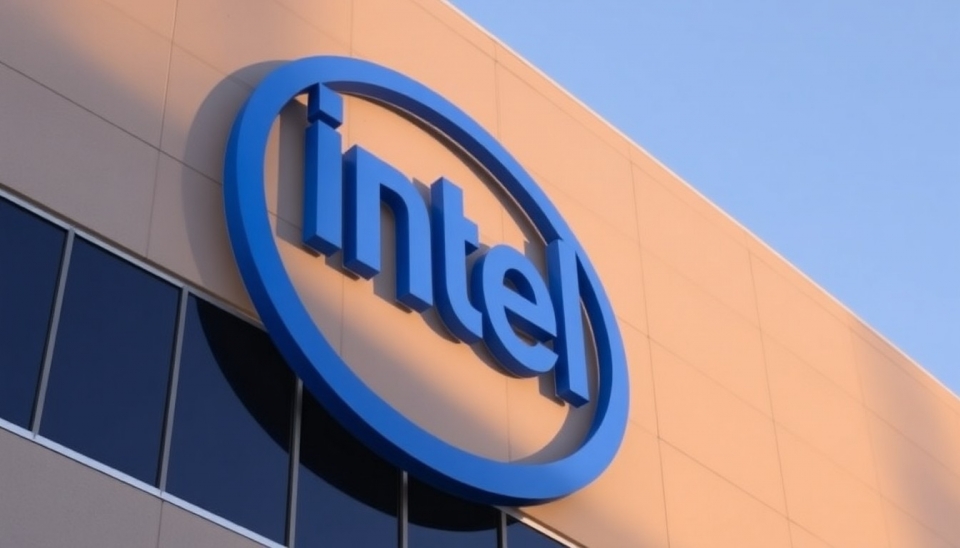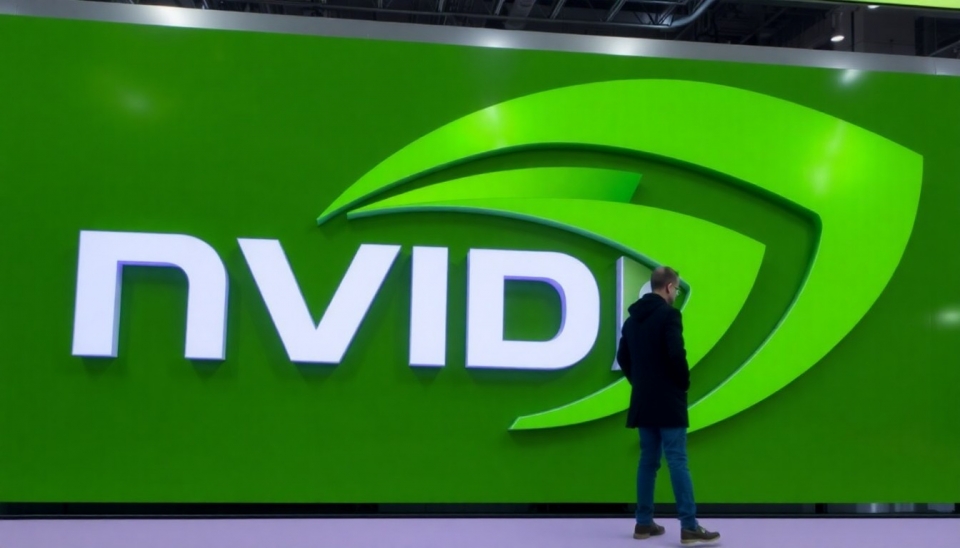In an era dominated by technology, the race for semiconductor supremacy has intensified, drawing geopolitical lines and forcing nations to navigate complex relationships. Recently, analysts have underscored the strategic significance of semiconductor production in the standoff between the United States and China, as well as other rivals in the industry. The implications of this ongoing struggle extend beyond mere economics, touching on national security, innovation, and global competitiveness.
China's increasing ambitions in the semiconductor sector have alarmed Western nations, particularly the United States, which is committed to maintaining its lead in technology. The rising demand for efficient, high-performing chips underlines why governments are prioritizing domestic production capabilities. Industry giants like NVIDIA and TSMC (Taiwan Semiconductor Manufacturing Company) are at the forefront of this conflict, shaping not only market dynamics but also the broader geopolitical landscape.
The ongoing tension has fueled an arms race in semiconductor innovation. The United States has enacted measures to curb China's access to critical chip manufacturing technology. These sanctions aim to restrict Chinese technology companies, particularly those with connections to military applications, from acquiring cutting-edge semiconductors that could bolster advancements in military and surveillance capabilities.
On the other hand, China has recognized the vulnerabilities in its supply chain and is aggressively investing in its semiconductor industry. The Chinese government has launched initiatives to nurture local companies and is pouring state funds into research and development. Huawei, often seen as the crown jewel of China's tech ambitions, is striving to develop its manufacturing capabilities with the eventual goal of achieving self-sufficiency in chip production.
The outcome of this battle for control over chip technology will have far-reaching consequences. Companies like NVIDIA and TSMC must navigate a complex interplay of market pressures, government regulations, and supply chain logistics. Their decisions now could redefine the future of technology, innovation, and global economic landscapes, making them central players in a high-stakes game.
Furthermore, the narrative of semiconductor dominance is not limited to the US and China; nations across Europe and Asia are also entering the fray. Countries are investing heavily in their semiconductor sectors to protect their technological sovereignty. With supply disruptions witnessed during the pandemic, the urgency to localize production has become a matter of national importance for many countries aiming to ensure economic stability.
The ripple effect of this conflict could reshape industries that rely on semiconductor technology, from automotive manufacturing to consumer electronics. As companies scramble to secure their supply chains amid uncertainty, the essential role of chips in driving innovation and economic growth is clearer than ever before.
As the situation evolves, stakeholders worldwide will need to keep a close eye on policies, market developments, and technological advancements that will shape this vital industry. The coming years may witness the rise of new alliances, shifting global supply chains, and profound implications for technological advancement.
The semiconductor saga is far from over, and as nations protect their interests and pursue their strategic goals, the world watches closely, aware that the outcome may have lasting repercussions for economies and political landscapes alike.
#Semiconductors #Technology #USChinaRelations #NVIDIA #TSMC #Huawei #Innovation #ChipManufacturing #Geopolitics #SupplyChain
Author: Emily Collins



